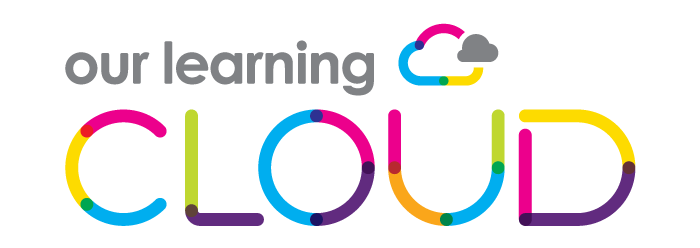When schools and trusts discuss digital transformation, the conversation often begins with tools, including devices, platforms, networks, and software. But time and again, education leaders discover that simply introducing new technology doesn’t automatically create better outcomes for pupils or lighten the workload for staff.
The truth is this: culture, not hardware, is the starting point of meaningful digital change.
Technology as Amplifier, Not Driver
Research and lived experience show that technology rarely fixes broken processes. Instead, it amplifies what already exists. A strong culture of collaboration, reflective practice, and openness to change will be strengthened by digital tools. But in schools where trust is low, systems are fragmented, or staff feel unheard, technology often creates frustration rather than transformation.
So before we ask “what platform should we buy?”, we should be asking:
-
How ready are our staff to adapt?
-
Do we have a shared vision for what digital tools are meant to achieve?
-
Are we equipping staff and pupils with not just access, but confidence?
Only when those cultural foundations are in place does the technology deliver real value.
Building Capacity, Not Just Infrastructure
Infrastructure matters; reliable Wi-Fi, secure cloud storage, and modern devices are vital. But infrastructure without investment in people is like building a library without librarians.
Staff capacity; through training, mentoring, and ongoing support — is what turns potential into impact. Leaders who prioritise capacity building see stronger adoption, less resistance, and innovations that ripple outwards across their schools.
And importantly, this isn’t a one-off. Just as pedagogy evolves, so must digital skills and confidence. Continuous development, not one-day training, is the key to sustainability.
The Governance Challenge
Digital transformation is not just a technical or cultural question, it’s also a governance one. Multi-Academy Trusts, in particular, face the challenge of ensuring consistency across schools without stifling innovation.
Clear structures for accountability, transparency, and long-term planning are essential. Trust leaders must be able to answer questions like:
-
Where is our data, and how secure is it?
-
Are we investing strategically, not just reactively?
-
How are we measuring the impact of our digital choices?
Without governance, transformation becomes a patchwork. With it, trusts can ensure that digital investments align with both financial stewardship and educational mission.
Looking Ahead
As AI, automation, and data analytics reshape education, the gap between schools that “buy tools” and schools that “build culture” will only grow. Those who treat digital transformation as a cultural and governance project, supported by technology, will be best positioned to thrive.
Where We Fit
At Our Learning Cloud, we hold this philosophy at the heart of everything we do. Because we were born inside a Multi-Academy Trust, we’ve seen firsthand that transformation succeeds when it starts with people and culture. That’s why our work goes beyond devices and systems to focus on adoption, training, and governance, always school-centric, always future-ready.
If your trust is exploring how to embed a culture of sustainable digital change, we’d be glad to share our experience and learn from yours.

